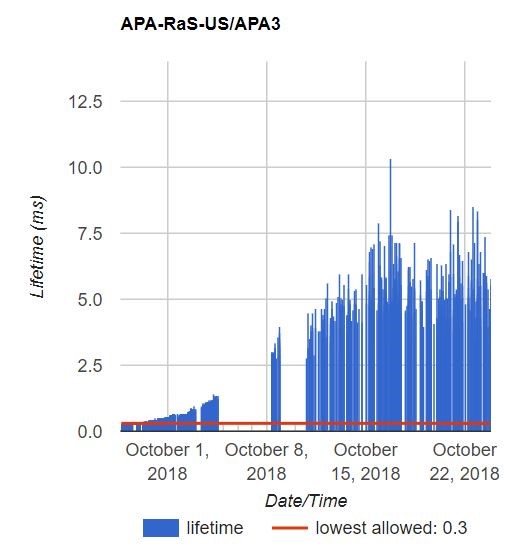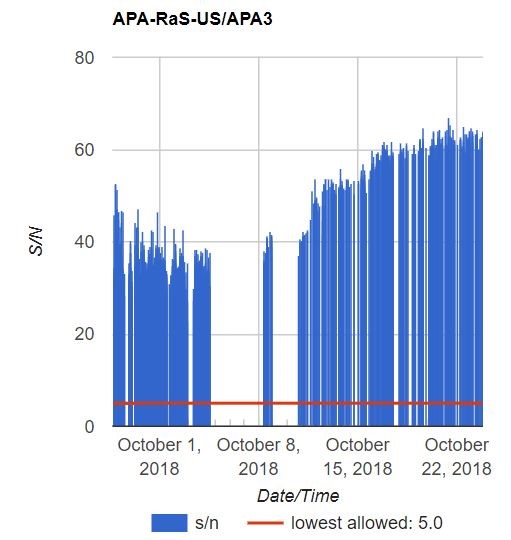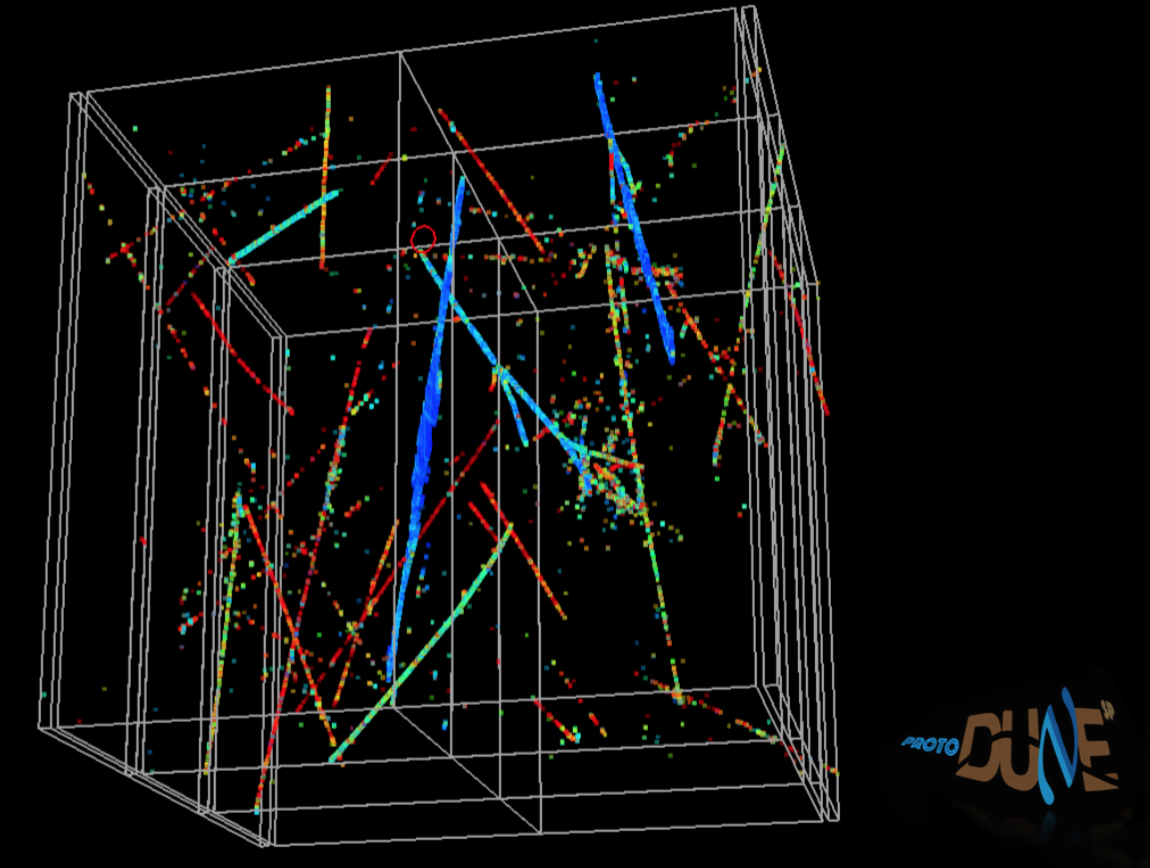ProtoDUNE sees first particle tracks
Introduction
The CERN Neutrino Platform was installed in 2014 following the recommendation of the European Strategy Group for CERN to engage in the worldwide experimental neutrino program. The platform engaged from the start in the future Deep Underground Neutrino Experiment (DUNE) in the US, which plans for its far detector the construction of four large liquid argon Time Projection Chambers (LArTPCs), each having a volume of 17 kton.
In 2015 two ProtoDUNE experiments were proposed to the CERN SPSC, one based on the single phase (SP) and one the dual phase (DP) LArTPC technology. The SP prototype was approved at CERN as experiment NP-04. ProtoDUNE-SP, a crucial part of the DUNE effort towards the construction of the full detector, is a significant experiment in its own right. With a total liquid argon mass of 0.77 kton, it represents the largest monolithic single-phase LArTPC detector built to date. It is housed in the extension to the EHN1 hall in the North Area, where the CERN Neutrino Platform has provided a new dedicated charged-particle test beamline. The ProtoDUNE-SP schedule was very tight from the start, in order to be able to make use of beam data before the start of LHC LS2 shutdown at the end of this year.
ProtoDUNE-SP prototypes the designs of most of the single-phase DUNE far detector module (DUNE-SP) components at a 1:1 scale, with an extrapolation of about 1:20 in total LAr mass for the final detector. The construction started roughly two years ago (only!) by installing the large structures for the cryostat. The first key components, namely the anode wire planes, started to arrive at the end of 2017. The ProtoDUNE-SP detector has six of these modules in total, which are each 6 metres high and 2.5 metres wide.
The construction and operation of ProtoDUNE-SP serves to validate the novel membrane cryostat technology and associated cryogenics, and the networking and computing infrastructure that will handle the data and simulated data sets. A charged-particle beam test will enable critical calibration measurements necessary for precise calorimetry. It will also enable the collection of invaluable data sets for optimizing the event reconstruction algorithms – i.e., for finding interaction vertices and for particle identification – and ultimately for quantifying and reducing systematic uncertainties for the DUNE far detector. These measurements are expected to significantly improve the overall physics reach of the DUNE experiment.

Figure 1: Inside of the ProtoDUNE detector cryostat.
Data taking and monitoring
The detector filling started on August 8th and finished on September 13th. The liquid argon purification started on September 18th and continued until the end of the test-beam on November 12th. After the first purification run, the electron lifetime exceeded by far the nominal configuration of 3 ms. The high voltage (HV) was ramped up to -180kV at the cathode on September 21st. The detector operated stably and without major issues for most of the test-beam period. With more than 4 million triggers collected in the 0.3 - 7 GeV/c momentum region, ProtoDUNE-SP acquired a large sample of pions, protons, electrons and kaons for energy resolution studies and cross-section measurements on argon. A few million cosmic-ray tracks were also collected for calibration studies.
During beam operation, the data quality was continuously monitored using online and semi-offline monitor tools. While the online monitor (OM) tools provide validation plots a few minutes after the data is recorded, the semi-offline data quality monitors (DQM) run a light reconstruction on a small fraction (~1%) of the data recorded. OM and DQM are supplementary data quality tools confirming that the few weeks of test-beam data collected are of good quality. Cosmic-ray muons are used to estimate the electron lifetime and the signal-to-noise ratio (Figures 2a and 2b). The increase in electron lifetime and to signal-to-noise ratio is visible in these plots.

Figure 2a: Electron lifetime estimated from the semi-offline data quality monitors using cosmic-ray muons (left)

Figure 2b: Signal-to-noise ratio estimated from the semi-offline data quality monitors using cosmic-ray muons (right).
Calibration and reconstruction
The ProtoDUNE-SP TPC has three independent readout planes consisting of a number of parallel wires. Signals found on the wires are reconstructed into hits that are then matched in time across the three wire planes. The hits are clustered and reconstructed as objects representing a primary particle and the hierarchy of daughter particles. This hierarchy consists of a number of track and shower objects that describe the full interaction of the primary particle.
The event reconstruction software has performed very well out-of-the-box since the detector was turned on. Soon after the high voltage was starting to ramp the first small track segments were reconstructed even with low purity of the liquid argon. As the purity increased and the high voltage was stable at -180 kV test beam interactions were fully reconstructed in three dimensions (see Fig. 3).
Work is now on-going to calibrate the detector from the low-level waveforms up to the correction of the space-charge effect, which is the distortion of the electric field due to a build-up of argon ions in the TPC. Dedicated runs are being taken now that the beam data taking has finished to calibrate the readout electronics, and ProtoDUNE-SP will continue to collect cosmic-ray data.
Development of the physics analyses, including the primary physics goal to measure the charged pion interaction cross-section on argon nuclei, is underway and relies on the underlying calibration and reconstruction studies.

Figure 3: A reconstructed test-beam π+ (entering the TPC from the red circle) interacting inside ProtoDUNE-SP with a number of coincident cosmic ray muons.
Conclusions
The ProtoDUNE-SP detector was built and commissioned in a record time, and was found to function amazingly well after switch-on, during the last few months. This is a major step forward for the planning of the DUNE far detector. Valuable lessons were learned in assembly, commissioning and operation of these detectors. Excellent data on hadron-argon scattering has been collected in the last few months.
The present plan is to continue to operate the detectors during the next two years with cosmic rays, to establish among others the long-term stability. Plans are being discussed for a possible life after the LS2 with beam. Finally, we also look forward to the ProtoDUNE-DP switching on early in 2019.
